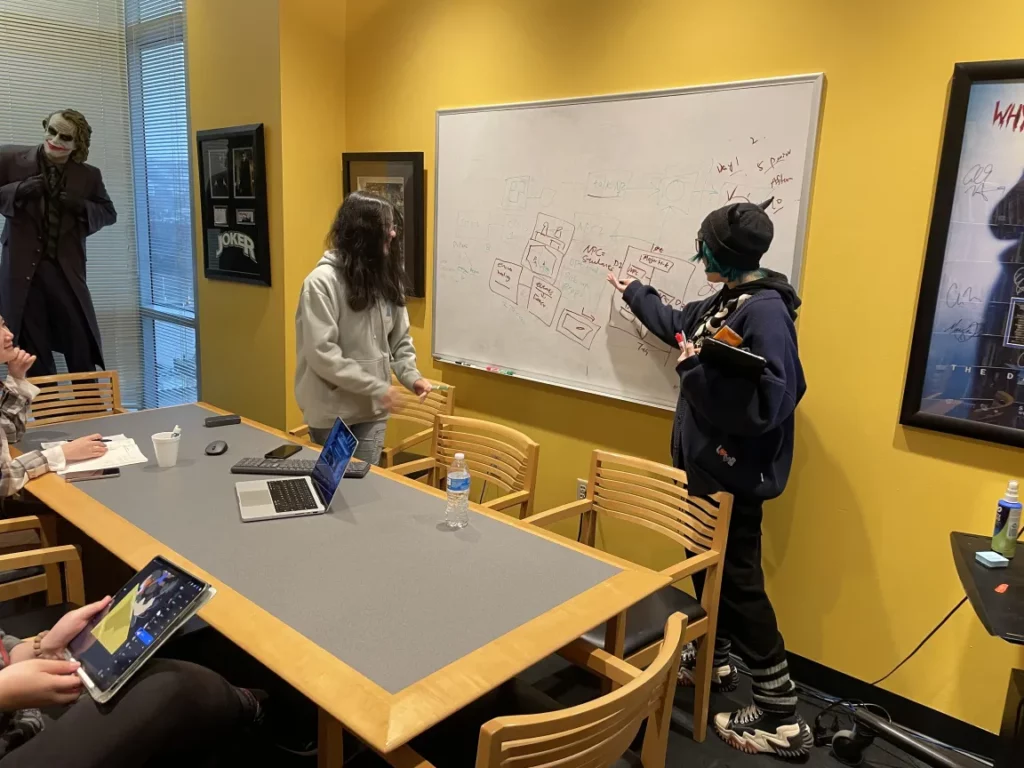Balancing Research and Development
To improve efficiency, our team decided that art and gameplay development should progress in parallel with research. While thorough research is crucial, we believe that iterating on a tangible prototype early on will help us refine our design faster. Otherwise, we risk stagnating in the planning phase without making tangible progress.
Since narrative plays a significant role in our game, the narrative team began drafting hypothetical case scenarios based on the themes we outlined last week. We initially identified ten key themes and have since developed one scenario for each. Here are two examples:
The Fence Incident
Two student groups are arguing in the campus plaza. As you approach, you overhear the debate:
Group A wants to remove a message from the Fence, claiming it meets the Supreme Court’s definition of hate speech. Group B, the group that painted the message, argues that Group A is misinterpreting it and that their right to free expression is being threatened.
Unsure who is in the right, you turn to Law, Social Norms, and CMU Policy to hear their perspectives.
The Classroom Incident
A professor plays a video during class, prompting divided reactions:
Some students find the content traumatic and believe the professor should have issued a trigger warning beforehand. Others argue that excessive trigger warnings can heighten anxiety, encourage avoidance behaviors, and limit meaningful discussions.
You find both perspectives valid but are unsure how to navigate the situation.
Refining the Narrative Structure
Initially, our scenarios were standalone events, but after further iteration, we grouped them into overarching social themes to create a more cohesive narrative. The game’s storyline now follows structured arcs, with each major theme progressing through multiple phases:
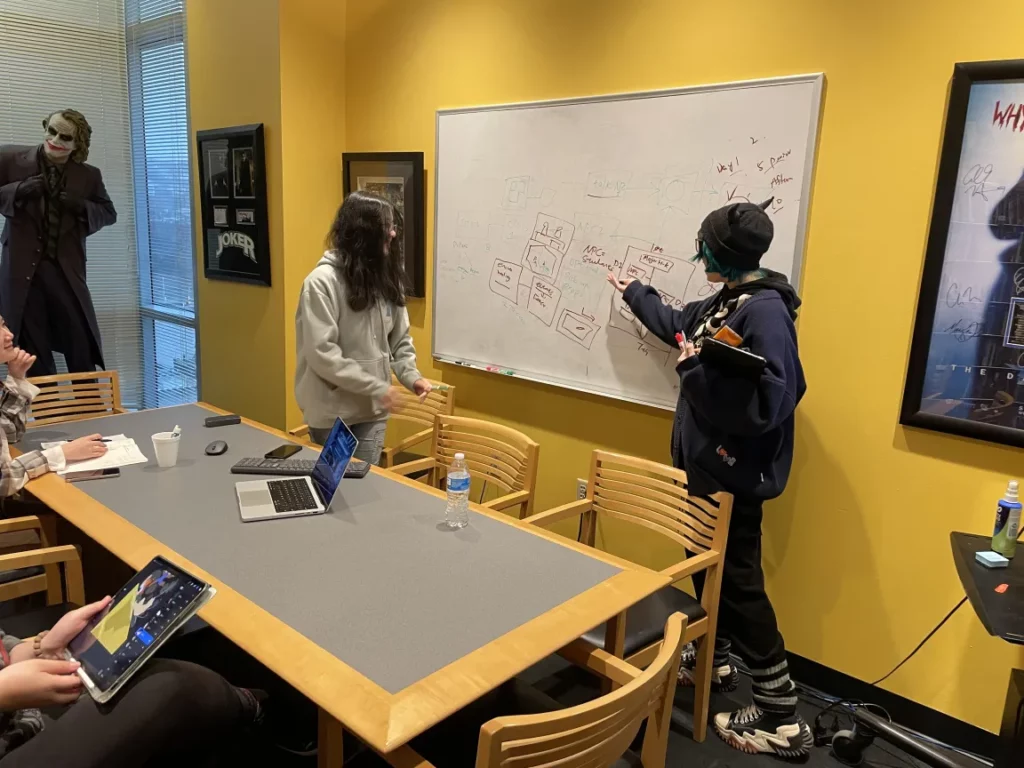
Heckler’s Veto & Hate Speech
- Part 1: A Heckler’s Veto incident occurs in the main auditorium.
- Part 2: A confrontation between two opposing student groups over hate speech unfolds at the Fence.
- Part 3: A café discussion explores the idea that expressing unconventional ideas is also protected under free speech.
Trigger Warnings & Academic Freedom
- Part 1: The topic of trigger warnings is introduced in class.
- Part 2: The situation escalates, as students debate the role of academic freedom.
- Part 3: The conflict reaches a turning point, where a professor exercises their discretionary freedom.
Why Students Need Controversial Discussions & Fear of Self-Censorship
- Part 1: A student seeks help, expressing fear of sharing their opinions. Encouraged to take action, they decide to paint the Fence at night.
- Part 2: They find supportive comments on a forum, gradually gaining confidence in expressing themselves.
- Part 3: They return to thank player, leading to a discussion on why controversial discussions are necessary.
Art & Production Progress
Based on the finalized scenarios, we identified key locations for our game:
- Dorm Room
- Auditorium
- Campus Plaza
- Classroom
- Café
The environment artists have started blocking out the scene.
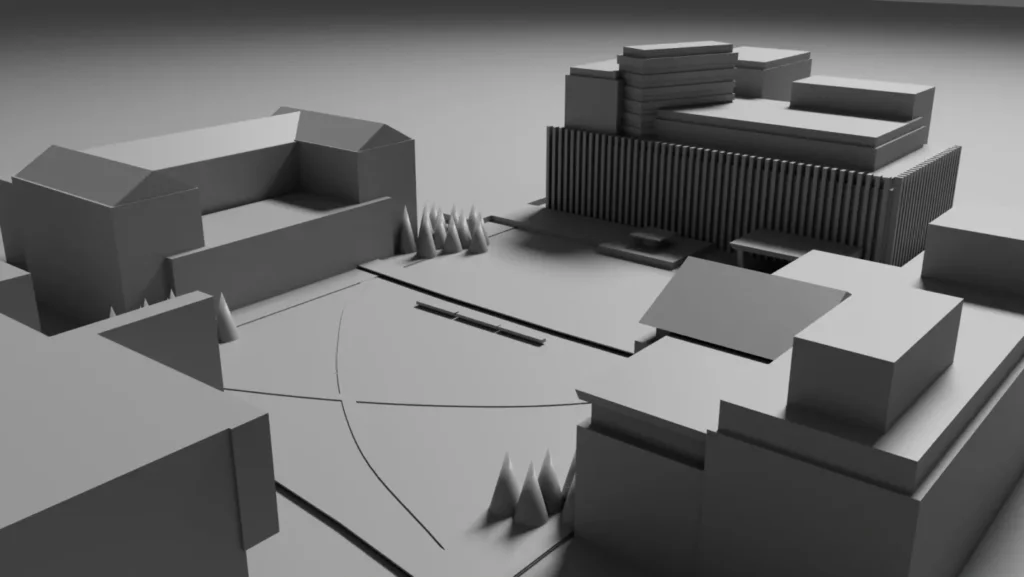
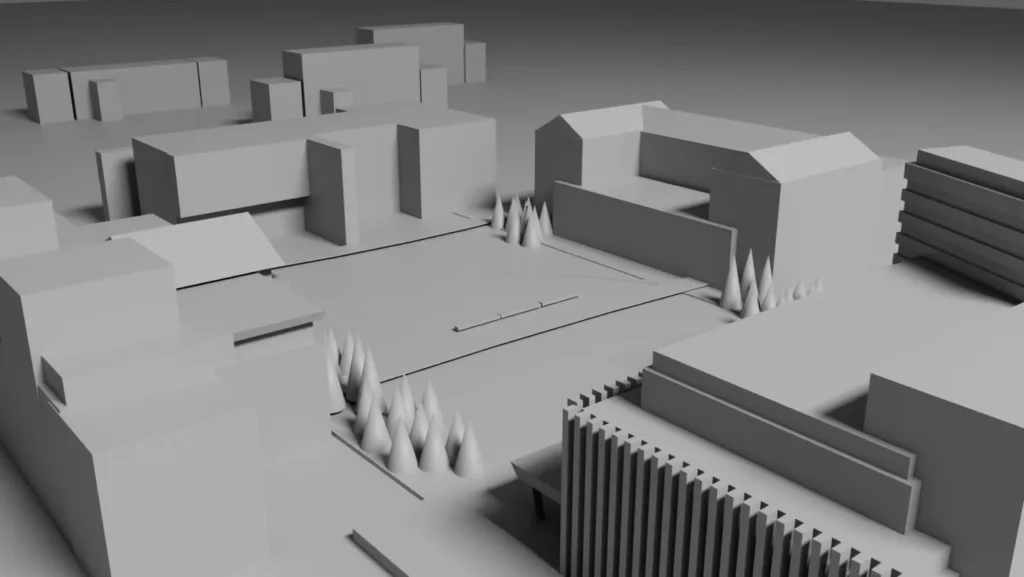
A core feature of our game is personifying abstract concepts like Law, Social Norms, and CMU Policy. After gathering inspiration from our research, the character designer has begun creating concept sketches for these figures.
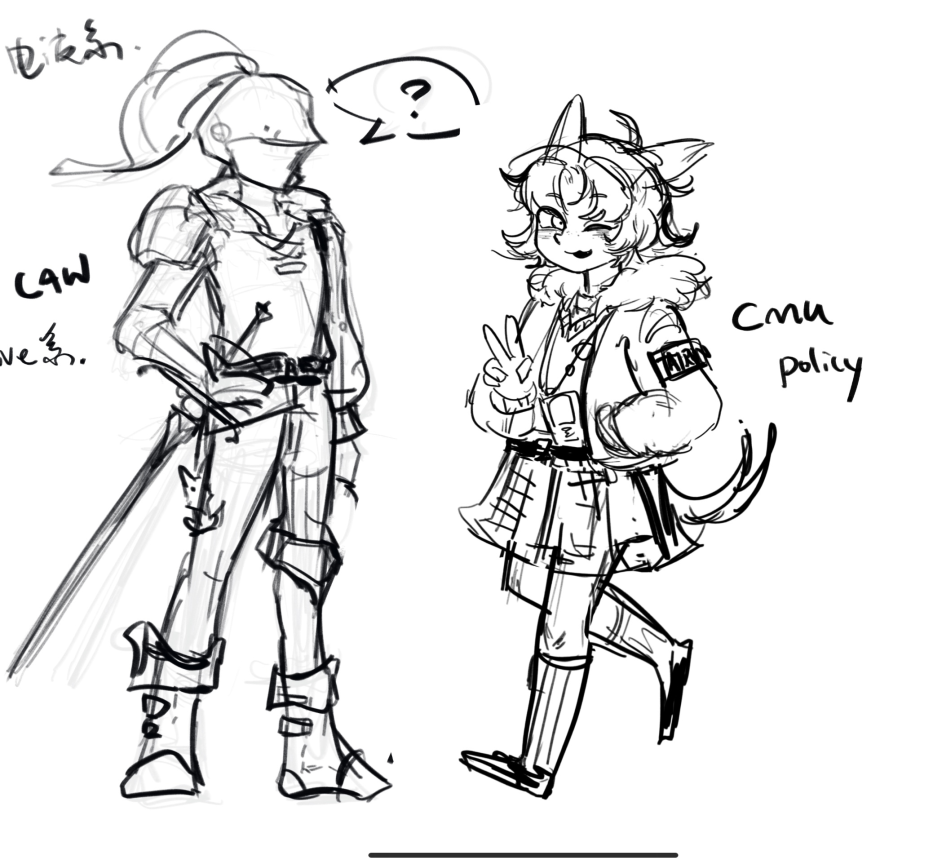
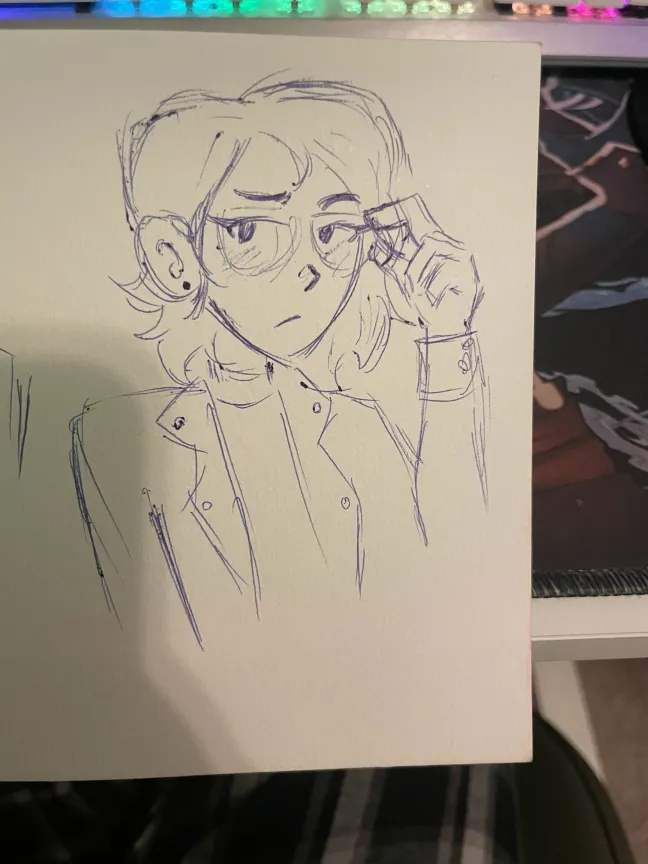
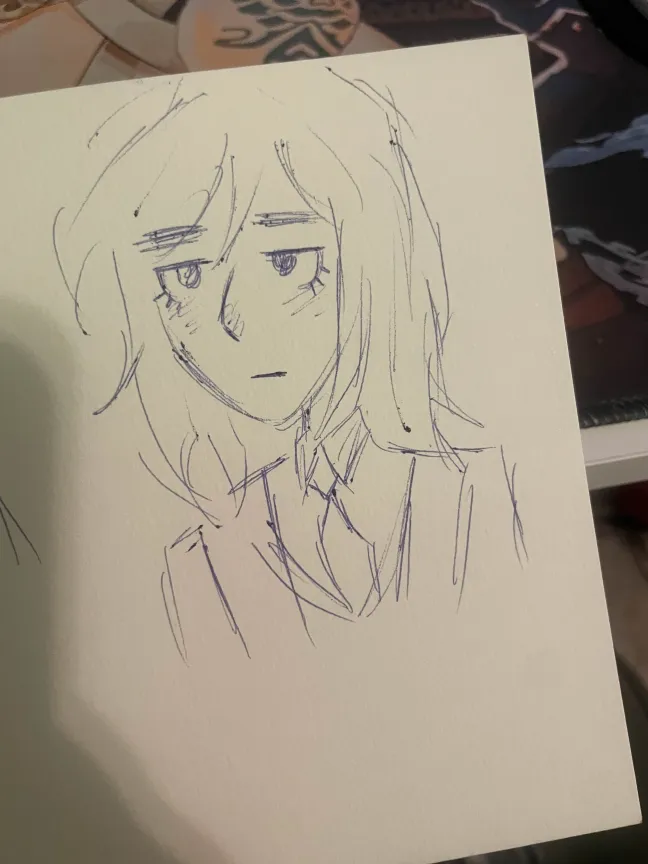
Next Steps
With production moving forward smoothly, our next steps include refining the story and dialogue, and advancing art development, including character and environment designs.
As we continue iterating, we aim to balance narrative depth with accessibility, ensuring players can engage with complex discussions in an intuitive and meaningful way.
